*See additional stone sculptures made of soapstone, alabaster and marble in the Sculptue and Slideshow sections of this website.
|
One of the things that I like about carving in stone is the final revelation of the stone's color once the form has been shaped and the desired surface quality has been achieved. The piece of Vermont Black Champlain marble that I eventually made into the sculpture titled 'Synthesis', came from The Carving Studio and Sculpture Center in Rutland, Vermont. The stone started out looking a bit like a battered piece of cinderblock. It was several shades of dirty dull grey and had a variety of chips and dings on its edges. Some of the surface scars and chips prompted me to envision and carve the large slanted cylinder at the top of the piece, with a tongue-like flowing shape emerging from the opening at the lower end of the cylinder. I then carved four curving tubes to connect different parts of the piece and create a visual flow around all four sides. Once I finished carving the form, I sanded the surface with descending grades of wet/dry sandpaper, from 200 grit down to 1000 grit. The color of the marble got darker and darker, and the light grey spots and striations became more pronounced, as I progressed to the higher grits of sandpaper. I sealed the piece with Saw-Sheen (from the Granite City Tool Company) which further brought out the color in the sculpture. The process makes you feel a bit like you are Henry Higgins in Pygmalion with an Eliza Doolittle made of marble.
*See additional stone sculptures made of soapstone, alabaster and marble in the Sculptue and Slideshow sections of this website.
0 Comments
|
AuthorCynthia Smith, Maine artist, originally from Connecticut. Taught art at secondary level for 35 years, retired in 2004. Sculpts in bronze, wood, stone, clay & plaster. Her work can be seen at several mid-coast Maine galleries and shows. Archives
June 2023
|
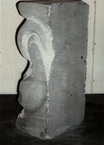



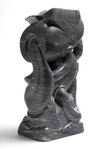
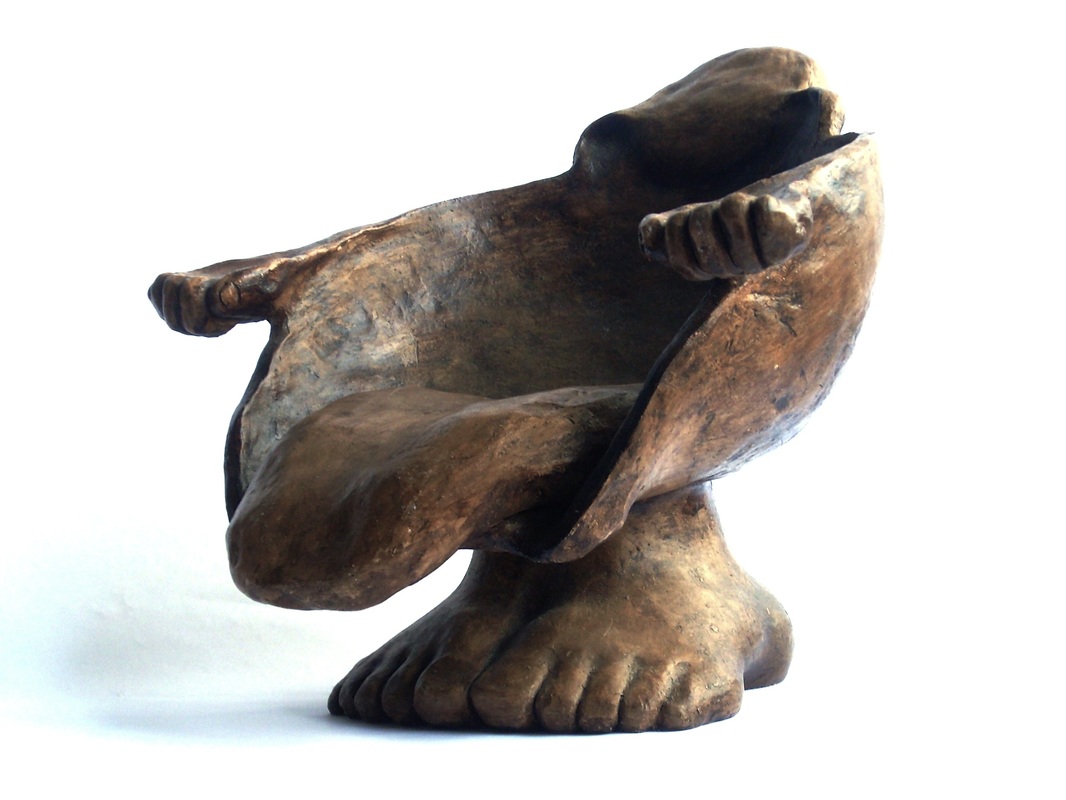
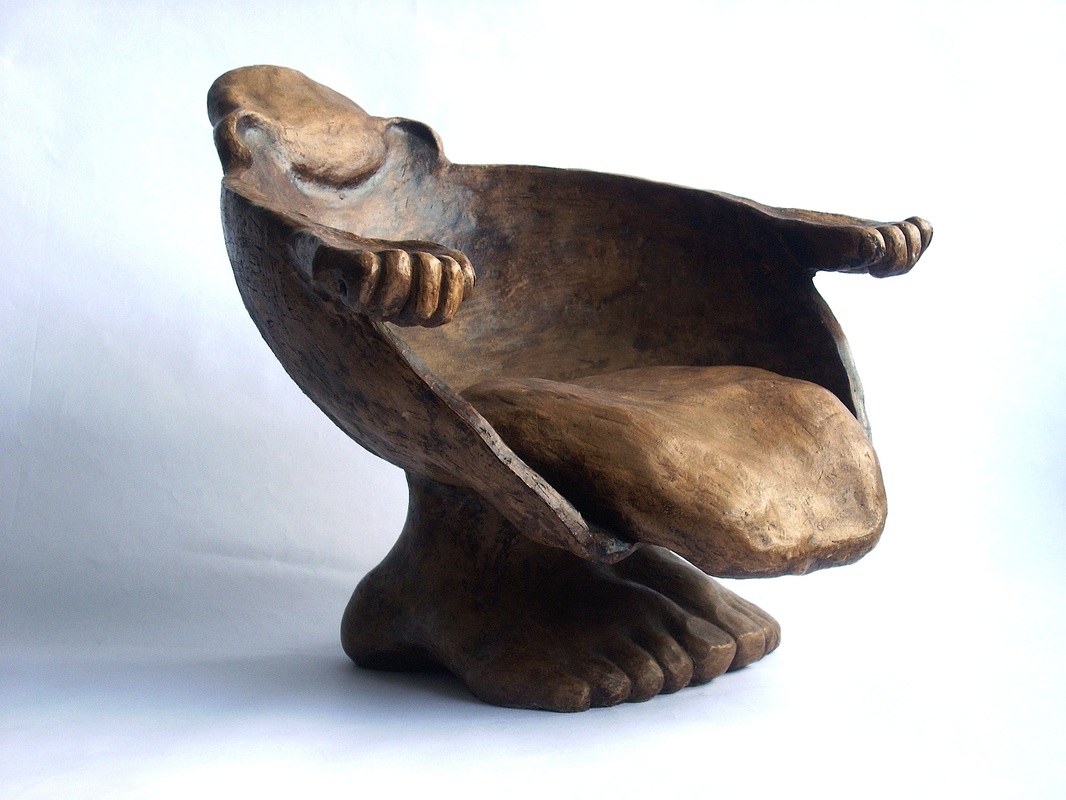
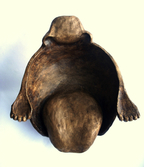
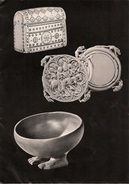
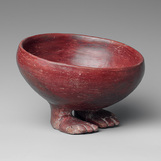
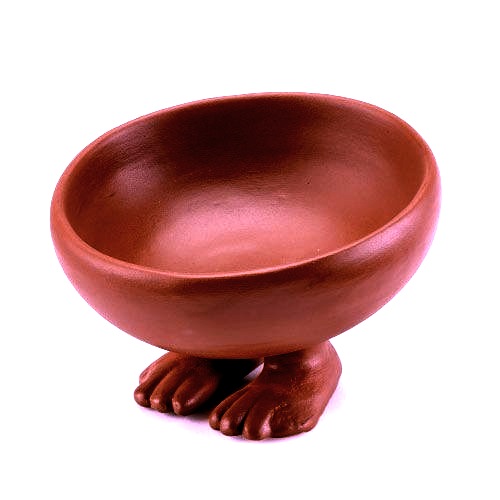
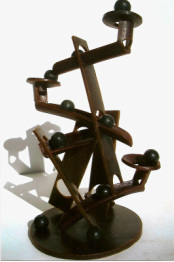
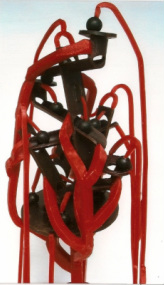
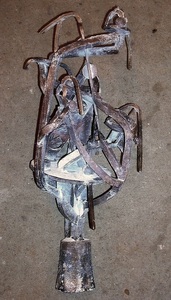

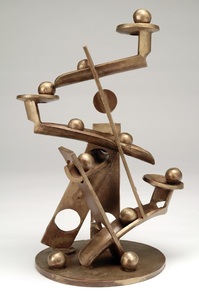
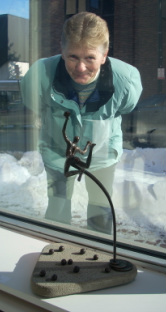
 RSS Feed
RSS Feed